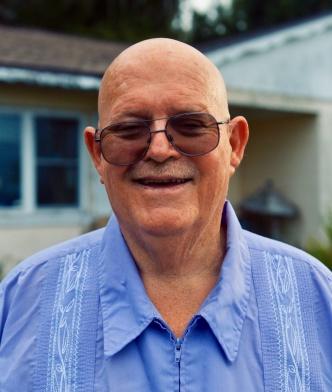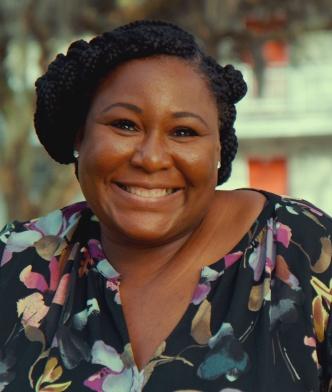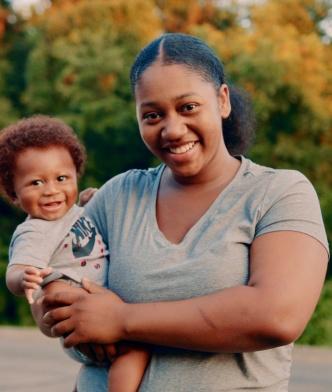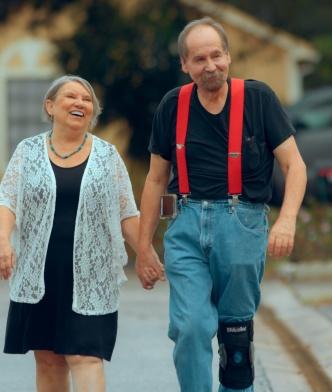McDonald’s Hot Coffee Mayhem
- The Fee Is Free Unless You Win®.
- America's Largest Injury Law Firm™
- Protecting Families Since 1988
- 20 Billion+ Won
- 1,000+ Lawyers Nationwide
Free Case Evaluation
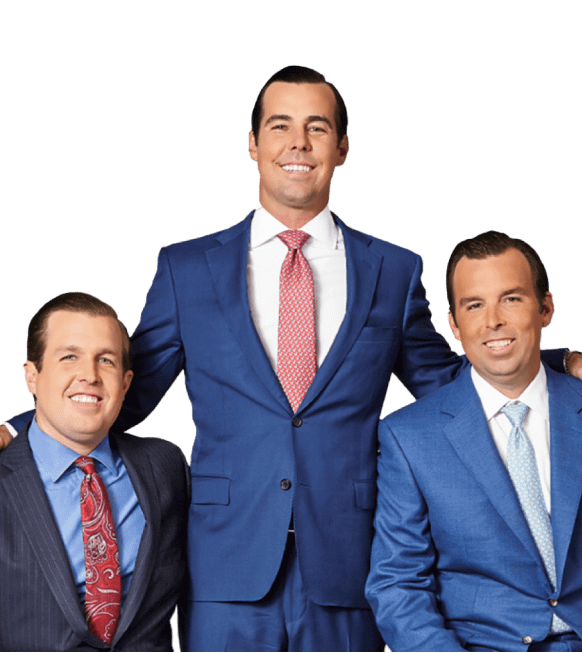
The attorneys featured above are licensed in Florida. For a full list of attorneys in your state please visit our attorney page.
McDonald’s Hot Coffee Mayhem
The famous McDonald’s hot coffee case—in which a woman sued the restaurant over spilled coffee that caused her third-degree burns—is often used as an example of a frivolous lawsuit. But when you learn what really happened in that case, it provides a different lesson about American culture: the use of propaganda by corporations to trivialize and defame their opponents.
More than 20 years after the McDonald’s hot coffee case was decided, Morgan & Morgan won a similar case against Starbucks. But three years after that, a woman lost a Starbucks hot tea case. The differences between these cases offer insights into what is required to prevail in a negligence lawsuit.
How it works
It's easy to get started.
The Fee Is Free™. Only pay if we win.
Results may vary depending on your particular facts and legal circumstances.
Step 1
Submit
your claimWith a free case evaluation, submitting your case is easy with Morgan & Morgan.
Step 2
We take
actionOur dedicated team gets to work investigating your claim.
Step 3
We fight
for youIf we take on the case, our team fights to get you the results you deserve.
FAQ
Get answers to commonly asked questions about our legal services and learn how we may assist you with your case.
Everything You Know About the McDonald’s Case is Probably Wrong
We all know the story. Or at least, we think we do.
In 1992, New Mexico resident Stella Liebeck purchased a cup of McDonald’s coffee from a drive-thru and spilled it on her lap. She suffered burns and sued McDonald’s. A jury awarded her nearly $3 million.
The typical reactions to this case? Everyone knows that fresh coffee is hot. She spilled the coffee on herself. If she hadn’t been trying to drive and drink coffee, this probably wouldn’t have happened. Her award of millions of dollars was “jackpot justice.” And so on.
These talking points reflect the version of events that McDonald’s wants people to remember so they get mad at the victim and ignore the true culprit. But what actually happened is much different.
Mrs. Liebeck was not driving the car when her coffee spilled. In fact, the car was not moving. Liebeck was sitting in her grandson’s car in the McDonald’s parking lot. She held the cup between her knees and removed the lid to add cream and sugar. As she did, the cup tipped over and spilled coffee on her lap, causing third-degree burns on 6% of her body. The coffee was more than hot. At 180 – 190 degrees Fahrenheit, it was dangerously hot. McDonald’s knew this. The company had received more than 700 previous reports of burns resulting from hot coffee spills.
Liebeck required skin grafts and spent days in the hospital. She initially asked McDonald’s for $20,000. McDonald’s offered her $800. She sued, and when the case went to trial, the jury awarded Liebeck $160,000 in compensatory damages and punitive damages of $2.7 million. However, these damages were later reduced to $160,000/$480,000 because the jury determined that Liebeck was partially at fault for her injuries, a concept known as “comparative negligence.”
The jury heard the facts. One of the jurors said he realized the case was about “callous disregard for the safety of people,” while another said, “the facts were so overwhelmingly against the company.” But most people remember different “facts” due to McDonald’s ad hominem attacks on Liebeck.
A Different Outcome in Shih v. Starbucks
Twenty-six years after a jury vindicated Liebeck, a different hot beverage case produced a very different outcome.
The key point to keep in mind for these cases is the legal concept of proximate cause and how it’s interpreted by courts. In dangerous product cases, proximate cause means that an alleged defect is the primary reason for the injury that occurred. If a plaintiff cannot establish proximate cause, the defendant will not be held liable.
In Shih v. Starbucks, Tina Shih was at Starbucks with a friend. Both ordered hot tea. The tea was served in a full cup placed inside an empty cup, without a sleeve. Shih picked up the order, carried the teas to a table, and sat down. She removed the lid from her drink and bent forward to take a sip. In the process, she bumped the table and the hot tea spilled in her lap. Shih sustained second-degree burns and sued Starbucks, asserting that the tea was defective. The reasons cited for the defect were the lack of a cup sleeve and the fact that the hot tea was filled to the brim.
Starbucks filed a motion with the court to dismiss the case. The court granted the motion on the grounds that Shih could not establish the alleged defects as the proximate cause of her injuries. This differed from Liebeck’s McDonald’s case, where attorneys successfully established that the extreme temperature of the coffee rendered it defective. Thus, the excessively hot coffee was the proximate cause of injury.
Morgan & Morgan Wins $100K Verdict for Hot Coffee Burn Victim
In 2017, Morgan & Morgan secured a $100,000 jury verdict for a Florida woman who was severely burned by Starbucks coffee in a case that has echoes of the original McDonald’s hot coffee lawsuit.
Our client, Joanne Mogavero, ordered a cup of coffee at a shop in Jacksonville. Mogavero claimed that the lid popped off the coffee as a drive-thru barista handed it to her. 190-degree coffee spilled in her lap and left her with permanent scarring.
The lawsuit claimed that Starbucks failed to adequately place the lid on the cup of hot coffee, creating an unreasonably dangerous condition. It came out during the trial that Starbucks receives around 80 complaints per month about lid leaks and lids popping off. Starbucks said that it “would not be relevant” to warn customers of the risk.
The jury thought otherwise. It ruled that Starbucks should have checked to see if the lid was secure and that their failure to do so was the proximate cause of injury. But like the McDonald’s case, the jury also ruled that Mogavero was partly to blame for her injuries, which lowered her award.
This case shows the importance of taking a case to trial and allowing all the facts to come out. Big business labels cases like these frivolous to push for tort reform and limit people’s access to the court system. They claim to be the victim, distort the truth, and try to deny justice to the real victims. But more often than not, a jury that is presented with the facts makes the right decision.
Every victim deserves their day in court. That’s why Morgan & Morgan tries more cases than any other law firm in the country. The right to a jury trial is one of the most powerful legal weapons available for the people, against the powerful.

